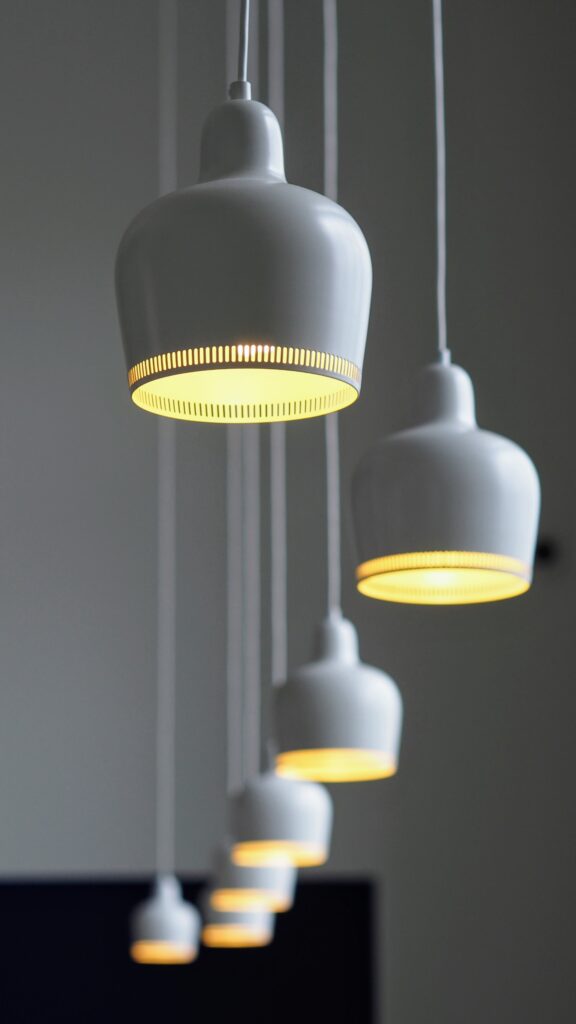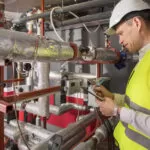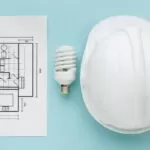Texas, with its vast expanse and dynamic urban landscape, demands a pragmatic approach to building management. As a conscientious building owner, one of the key areas deserving your attention is the engineering of Engineering of All Lighting and All Other Equipment & Materials. This article serves as a practical guide, offering insights into optimizing energy efficiency within your premises and ensuring the longevity of your equipment.
Table of Contents
Engineering of All Lighting and All Other Equipment & Materials
Efficient lighting systems play a pivotal role in the overall energy consumption of a building. Texas, known for its scorching summers and expansive urban centers, places a substantial demand on electricity resources. The implementation of advanced lighting technologies can significantly reduce energy usage, subsequently lowering utility bills and contributing to a more sustainable environment.
Consider the adoption of LED lighting, a proven technology that offers superior energy efficiency compared to traditional incandescent bulbs. LEDs consume less energy, last longer, and provide better illumination. By strategically replacing outdated lighting fixtures with LED equivalents, you not only enhance the visual appeal of your building but also make a substantial contribution to reducing its carbon footprint.

Beyond lighting, the efficient operation of all other equipment and materials in your building is equally crucial. This encompasses a wide range of elements, from HVAC systems to office appliances. Conduct a thorough assessment of the equipment in use, identifying outdated or inefficient models that may be contributing to unnecessary energy consumption.
Investing in modern, energy-efficient appliances and machinery can yield both short-term and long-term benefits. Upgrading to ENERGY STAR certified equipment ensures optimal performance while minimizing energy waste. Additionally, consider implementing smart technologies that enable automated energy management, allowing for real-time adjustments based on occupancy and usage patterns.
Strategic Planning for Sustainable Results
Strategic planning is the bedrock of effective energy management. Begin by conducting an energy audit to identify areas of improvement and prioritize upgrades based on cost-effectiveness. Collaborate with certified engineers to develop a comprehensive plan for the engineering of all lighting and equipment within your building.
Divide the plan into actionable phases, addressing the most critical areas first. For instance, if lighting constitutes a significant portion of your energy consumption, prioritize the replacement of outdated fixtures with energy-efficient alternatives. Simultaneously, assess the efficiency of HVAC systems and explore opportunities for upgrades or improvements.
Implementing Energy Conservation Measures
With a well-defined plan in place, it’s time to implement energy conservation measures. This involves the actual replacement of outdated equipment, installation of energy-efficient technologies, and the adoption of sustainable practices. Work closely with qualified contractors and engineers to ensure seamless integration and minimal disruption to your daily operations.
Consider implementing motion sensors and smart controls for lighting systems, allowing for automatic adjustment based on occupancy and daylight availability. This not only reduces energy wastage but also enhances the overall user experience within your building. Similarly, explore the feasibility of renewable energy sources such as solar panels to further offset your electricity consumption.
Monitoring and Fine-Tuning for Continuous Improvement
Optimizing energy efficiency is an ongoing process that requires continuous monitoring and fine-tuning. Implement a robust energy management system that provides real-time data on energy usage and identifies areas where further improvements can be made. Regularly review and analyze this data to track the impact of implemented measures and identify any emerging issues.
Engage building occupants in energy conservation efforts by promoting awareness and providing practical tips for reducing energy usage. Simple measures, such as turning off lights and equipment when not in use, can collectively contribute to significant energy savings over time.
Evaluating Return on Investment
As a prudent building owner, it is essential to evaluate the return on investment (ROI) of your energy efficiency initiatives. Calculate the savings accrued from reduced utility bills, factor in any available incentives or rebates for energy-efficient upgrades, and compare these with the initial investment costs. This analysis will provide a clear understanding of the economic benefits and validate the sustainability of your engineering endeavors.
In conclusion, optimizing the engineering of all lighting and other equipment within your Texas building is a tangible and practical step toward energy efficiency. By adopting a strategic approach, implementing energy conservation measures, and continuously monitoring and fine-tuning your systems, you not only contribute to a more sustainable environment but also enjoy long-term cost savings. As a responsible building owner, these efforts not only align with the needs of the present but also pave the way for a more resilient and energy-conscious future.




